News
Case Study: A wellsite processing solution proven to lower carbon emissions.
Specialist drilling waste management company TWMA highlights how its wellsite processing solution has been proven to reduce the carbon emissions of oil and gas drilling operations by 50%.
10 January 2021
Published in Hart Energy E&P, December 2021
By Gareth Innes, TWMA
The industry’s focus on cutting greenhouse-gas emissions and adopting more sustainable drilling waste management solutions is not only tackling climate change targets but also improving safety, reducing cost and driving efficiencies. With water-based and non-aqueous drilling fluids (NAF) and drill cuttings accounting for the largest waste streams generated from global offshore drilling operations, E&P operators continue to look for ways to turn this waste stream into value.
The main options for oil-based drill cuttings treatment are offshore thermal processing or cuttings reinjection, both at source, and skip and ship or bulk transfer to shore.
With net-zero ambitions at the fore, TWMA recently engaged with DNV, the independent energy expert and assurance provider, to undertake the first comparative emissions study(1) between the company’s offshore thermal drill cuttings treatment solution and conventional alternatives including skip and ship to shore, bulk transfer and cuttings reinjection (CRI), used on the Norwegian Continental Shelf (NCS). It is the first paper to show a direct emissions comparison between offshore processing and all other alternative methods.
Skip and ship to shore is one of the most commonly applied methods to manage drilling waste. Here, skips are utilized at the rig site to contain oil-based drill cuttings for transportation onshore. A well typically produces 1,000 MT oil-based drill cuttings, which could require more than 200 skips, each involving more than 12 crane lifts before reaching its final destination, amounting to more than 2,500 lifts per well. This activity also increases the likelihood of safety and environmental incidents.
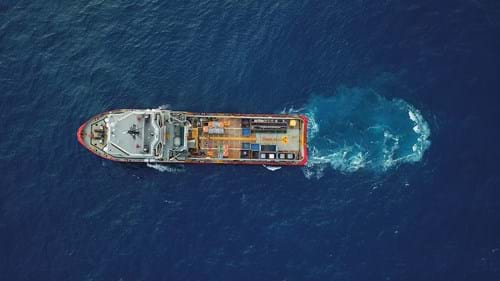
In general, bulk transfer of drilling cuttings is similar to skip and ship. The main differences are oil-based drill cuttings are pumped between storage tanks on the rig, vessel and quayside rather than contained and lifted in individual skips.
CRI is based on drill cuttings, slurrified with seawater, then injected under pressure into a dedicated drill cuttings disposal well. Hence, one (or more) dedicated disposal well(s) is required.
Safe and sustainable solution
An alternative, and both financially and environmentally optimized solution, is thermal processing of drill cuttings at the rig site. TWMA’s TCC RotoMill® wellsite processing technology allows drilling waste to be processed at source, eliminating the requirement to ship drilling waste long distances for treatment.
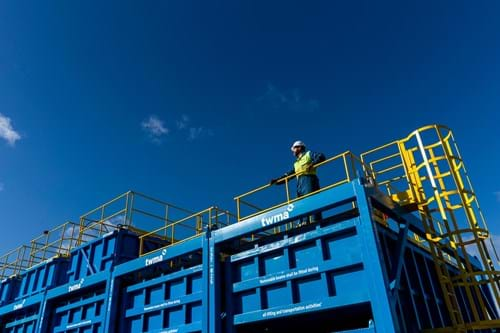
The TCC RotoMill uses a process of thermal desorption to separate drill cuttings and associated materials into their three constituent parts of oil, water and solids for recycling and reuse. The process creates heat through friction, which evaporates the liquids (oil and water) from the solids.
As the remaining hydrocarbon content is generally very low, the treated cuttings powder and water can be discharged to sea, depending on local requirements. The recovered oil is reused in the drilling mud system, returning significant commercial savings to operators.
This solution reduces lifting operations by up to 95%, significantly improving project safety performance, whilst delivering significant cost savings of up to 40% per well compared to skip and ship by eliminating both the logistics associated and operational downtime.
Cutting carbon emissions
During the independent study by DNV, each alternative drill cuttings treatment method was assessed based on its CO₂ footprint and nitrogen dioxide (NOx) emissions using an interactive emissions calculator.
The alternative methods involving onshore treatment of drill cuttings were highly influenced by the distance to an onshore treatment facility, as well as power source for onshore treatment facility and distances regarding road transport. The study further showed that the CRI alternative ranked highest for CO₂ emissions per metric ton, double that of the thermal processing unit. For all scenarios, onshore treatment activity contributes a significant amount of the emissions for these alternatives.
Use of offshore thermal processing technology showed the same level of emissions in all three scenarios, with 95kg CO₂ and 0.09kg NOx emitted per metric ton of cuttings treated. This had the smallest emissions footprint and is based on the offshore power source as the alternatives have a fixed power demand per metric ton of cuttings treated.
The study showed that by processing drill cuttings offshore at the source with the thermal treatment technology, operators could reduce the carbon footprint of their operation by 50% compared to the skip and ship to shore method. In addition, operators can improve the safety performance of their operation and lower cost by eliminating the logistics associated with the onshore alternatives.
(1) Innes, G, Eia, J and Nesse, S. ‘A Comparative Emissions Assessment – Drill Cuttings Treatment Alternatives’. SPE-207519-MS. Presented at ADIPEC, Abu Dhabi, UAE, November 2021.
Link to published article: E&P Case Study: A Wellsite Processing Solution Proven to Lower Carbon Emissions | Hart Energy
All the latest from TWMA
View all news
All the latest from TWMA
-
 News
NewsMeet the TWMA Team.
Want to learn more about life at TWMA in Norway? Discover how our strong partnerships with clients are helping deliver record-breaking drilling performance in Kristin’s recent Q&A:
05 June 2025 -
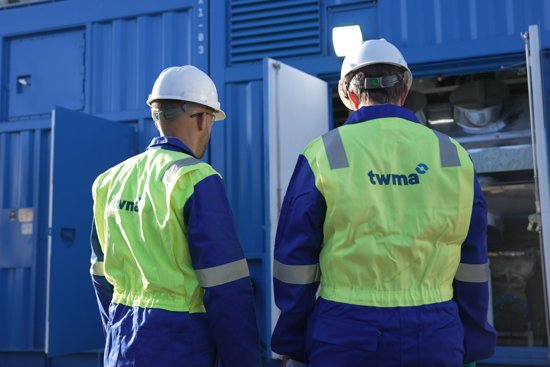 News
NewsTWMA Secures Major Contract with bp in the UK North Sea.
Drilling waste management specialist, TWMA, has been awarded a contract with bp to provide drilling waste management services in the UK North Sea. This agreement reinforces TWMA’s position as a trusted provider of innovative solutions to the global energy industry.
12 May 2025 -
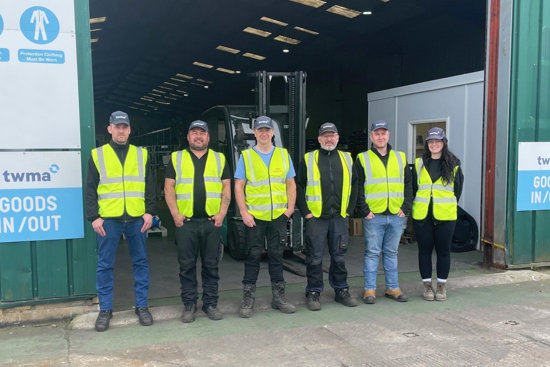 News
NewsTWMA Celebrates 10 Years LTI-Free at Tullos Materials Management Centre.
Drilling waste management specialist, TWMA, is proud to announce a significant safety milestone, 10 years without a Lost Time Incident (LTI) at its Tullos Materials Management Centre.
25 April 2025 -
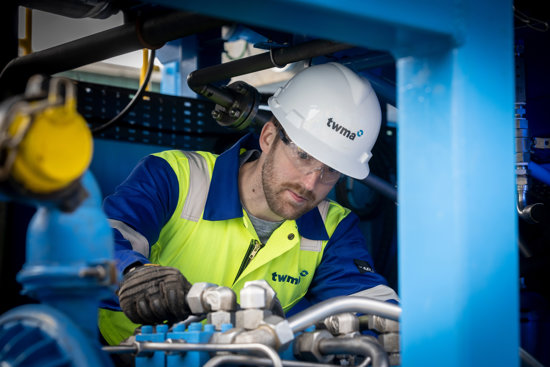 News
NewsTWMA Secures Three-Year Contract with TotalEnergies.
Specialist drilling waste management company, TWMA, has secured a three-year contract with TotalEnergies UK for its renowned drilling waste management services, marking the continuation of a long-term relationship between the two companies.
01 April 2025 -
 News
NewsTWMA to Share Green Transition Strategies at SPE/IADC International Drilling Conference and Exhibition.
Specialist drilling waste management company TWMA is set to participate in the upcoming SPE/IADC International Drilling Conference and Exhibition.
04 March 2025 -
 News
NewsTWMA announces Fourth Quarter Revenue of $18 million.
Specialist drilling waste management company, TWMA, has published its Fourth Quarter results for 2024, with revenue of $18m and EBITDA of $5m.
27 February 2025 -
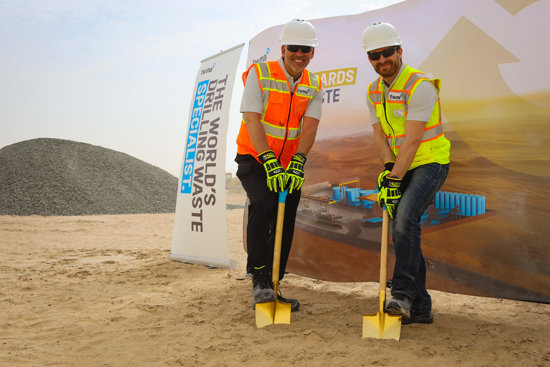 News
NewsTWMA Breaks Ground on Unrivalled Drilling Waste Management Facility.
TWMA, a global leader in drilling waste management, has officially broken ground on its latest facility in Habshan, Abu Dhabi.
26 February 2025 -
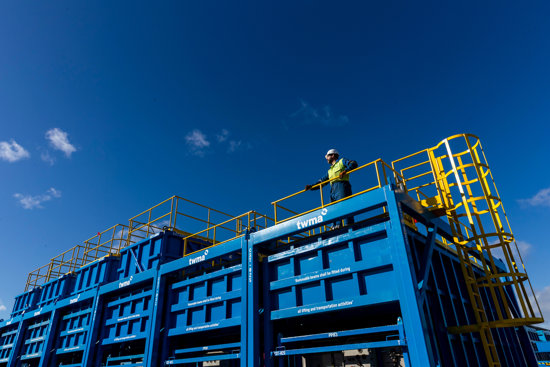 News
NewsTWMA Partners with Multinational Operator for Inaugural Exploration Project in Egypt.
Drilling waste management specialist, TWMA, has announced a landmark partnership with a multinational energy operator for its inaugural exploration project in Egypt.
18 February 2025 -
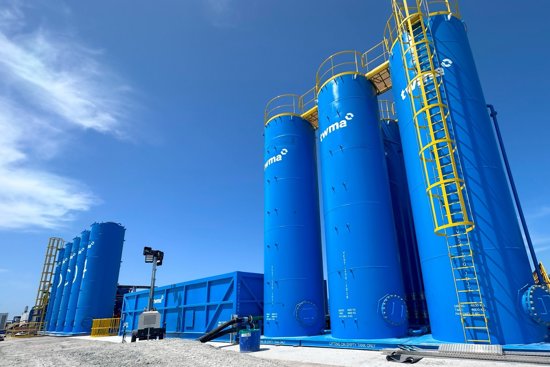 News
NewsTWMA’s Regional Impact Recognised in Prestigious Awards.
Offshore drilling waste management specialist, TWMA Middle East Limited, has been announced as a finalist in the 2025 Oil & Gas Middle East Awards.
30 January 2025 -
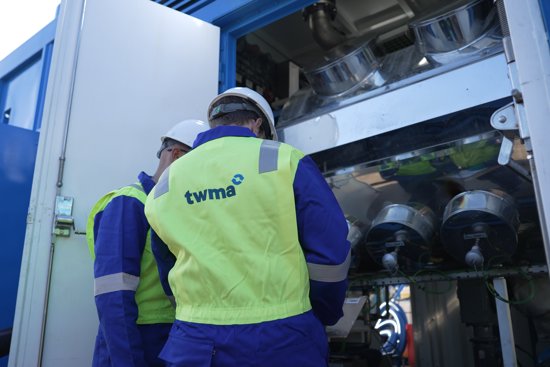 News
NewsSustainable Drilling Waste Solutions Recognised in Prestigious Industry Awards.
Specialist drilling waste management company, TWMA, has been announced as a finalist in this year’s SPE Offshore Achievement Awards.
10 January 2025 -
 News
NewsTWMA Celebrates 5 Years in the North Sea Without Lost Time Incident (LTI).
Drilling waste management specialist, TWMA, is proud to announce the remarkable achievement of 5 years without a Lost Time Incident (LTI) across its North Sea operations.
10 January 2025 -
 News
NewsMeet the TWMA Team.
Princy Rajan shares her valuable insights and wealth of experience in a recent Q&A:
13 December 2024 -
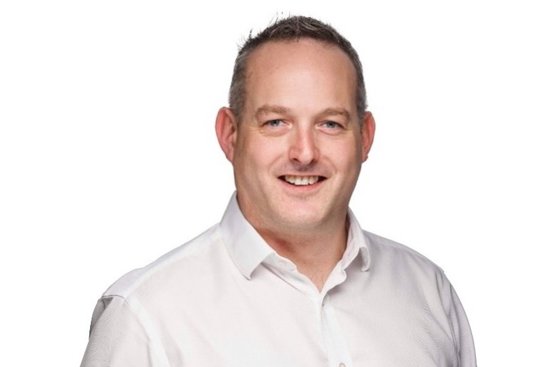 News
NewsTWMA Appoints New Group Commercial Director to Drive International Growth.
Specialist drilling waste management compnay, TWMA, has announced the appointment of Jonathan Parkes as its new Group Commercial Director.
09 December 2024 -
 News
NewsTWMA named as Driving Sustainability Finalist for 2025 Northern Star Business Awards.
TWMA has been shortlisted for the Driving Sustainability Award at the 2025 Northern Star Business Awards.
05 December 2024 -
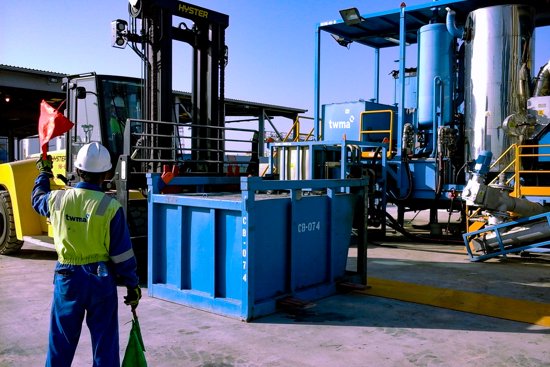 News
NewsTWMA announces Q3 revenue of $18million
Specialist drilling waste management company, TWMA, has reported its third quarter 2024 revenue of $18million and an EBITDA for continuing operations of $4.9million.
28 November 2024 -
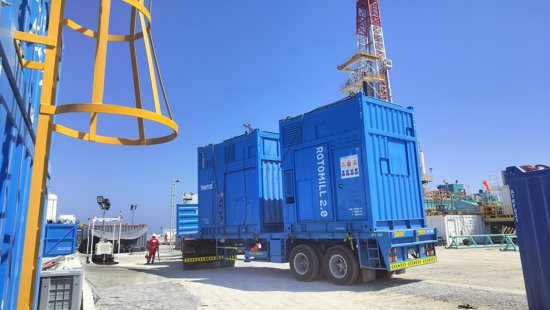 News
NewsTWMA Expands Middle East Operations Following $70 Million Contract Win.
Specialist drilling waste management company, TWMA, has announced a significant contract win with a leading UAE operator.
30 October 2024 -
 News
NewsMeet the TWMA Team.
Pierre-Marie Hinden shares his valuable insights and wealth of experience in a recent Q&A:
18 October 2024 -
 News
NewsTWMA Opens New Office in Cairo, Egypt.
TWMA is pleased to announce the opening of its new office in Cairo, Egypt, further solidifying our presence in the country and reinforcing our commitment to the MENA region.
03 October 2024 -
 News
NewsMeet the TWMA Team.
Ryan Bowron shares his valuable insights and wealth of experience in a recent Q&A:
10 September 2024 -
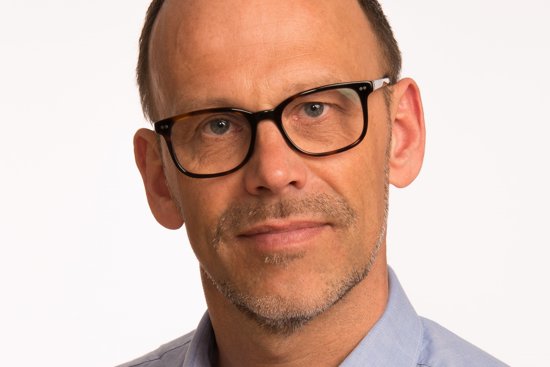 News
NewsTWMA to Showcase Innovations at Pareto Securities' 31st Annual Energy Conference.
05 September 2024 -
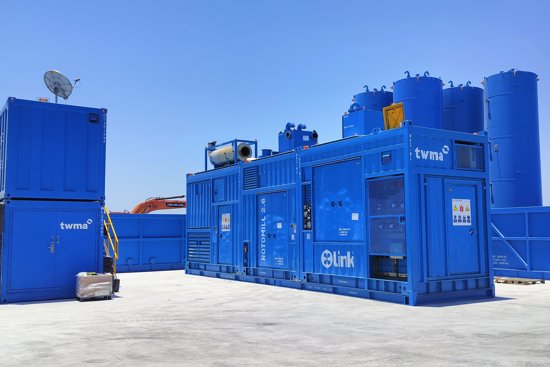 News
NewsTWMA Announces Second-Quarter Profit of $4.9million.
Specialist drilling waste management company, TWMA, has posted its second quarter 2024 earnings of $19.5million and operating profit of $4.9million.
02 September 2024 -
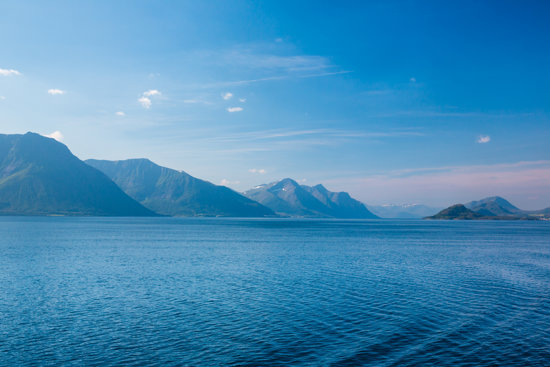 News
NewsTWMA Secures Contract Extension with Equinor.
TWMA has successfully secured the first of five available contract extensions with Equinor, a major development that could extend their collaborative efforts until May 31, 2034.
13 June 2024 -
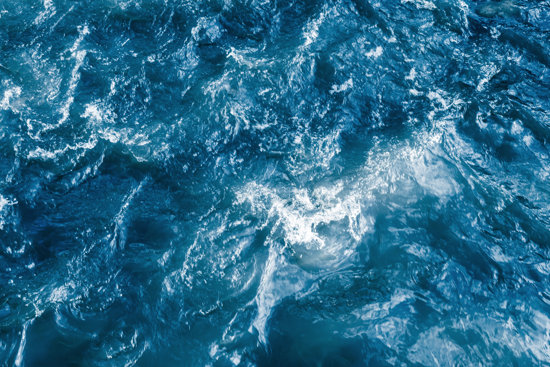 News
NewsTWMA Announces Continued Growth with First-Quarter 2024 Results.
Specialist drilling waste management company, TWMA, has posted its first quarter 2024 earnings of $18.3million and EBITDA of $4.7million.
31 May 2024 -
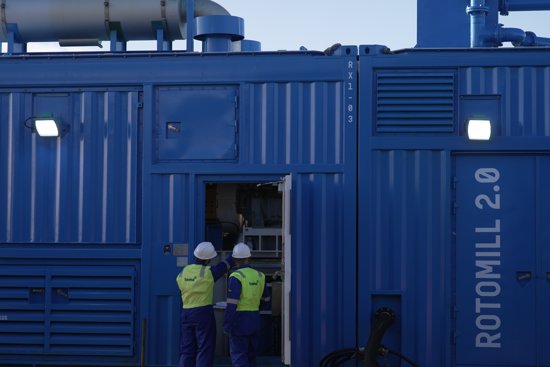 News
NewsTWMA Announces Strong Growth Following Annual Results.
TWMA posted its annual results (year ended to December 31, 2023) reporting an increase in turnover to $70.9million from $67.8million.
20 May 2024 -
 News
NewsTWMA Celebrate Award Success for Global Impact.
Drilling waste management specialist, TWMA, has been announced as this year’s Going Global winner at the prestigious Northern Star Business Awards.
22 April 2024 -
 News
NewsTWMA Announces Closing of $62.5 Million Sustainability Linked Bond.
Specialist drilling waste management company, TWMA, announced that it has closed on a $62.5 million Sustainability Linked Bond on the Nordic ABM in Oslo.
13 February 2024 -
 News
NewsMiddle East Award Nomination for RotoMill Technology.
Specialist drilling waste management company, TWMA, has been announced as a finalist in the prestigious Oil and Gas Middle East Awards for its latest generation of RotoMill technology.
06 February 2024 -
 News
NewsTWMA named as Going Global Finalist for 2024 Northern Star Business Awards.
Specialist drilling waste management company, TWMA, has been shortlisted for the Going Global Award at the 2024 Northern Star Business Awards.
22 November 2023 -
 News
NewsTWMA to double Middle East operations following $100 million contract win.
Specialist drilling waste management company TWMA has secured a $100 million contract for a major sour gas development in Abu Dhabi.
03 October 2023 -
 News
NewsJoin the Specialists at ADIPEC.
Join TWMA at ADIPEC in hall 8 on stand #8410 from 2-5 October in Abu Dhabi.
28 September 2023 -
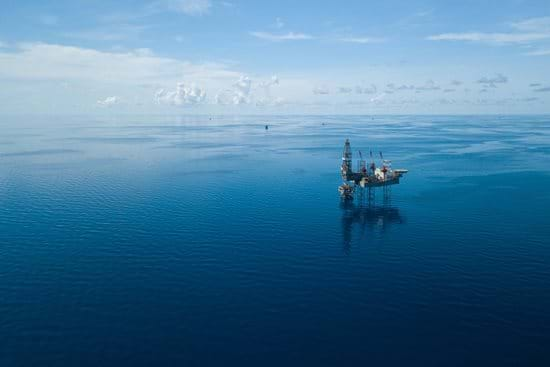 News
NewsTWMA secures major contract with Norwegian giant Equinor.
20 September 2023 -
 News
NewsTWMA to present innovations at Pareto Securities' 30th Annual Energy Conference.
19 September 2023 -
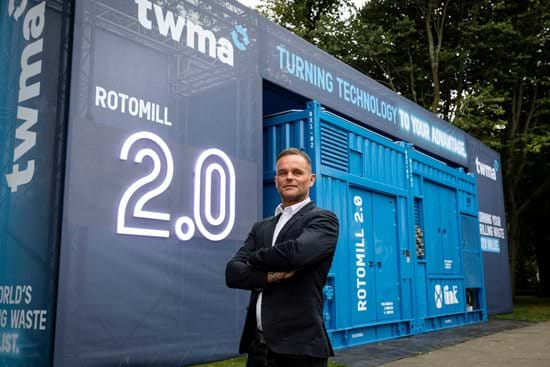 News
NewsTWMA launches RotoMill 2.0 wellsite processing solution.
07 September 2023 -
 News
NewsTWMA secures bp Egypt contract worth $15 million.
TWMA has been awarded a contract worth up to $15 million to support a large-scale oil and gas project for bp in Egypt.
14 August 2023 -
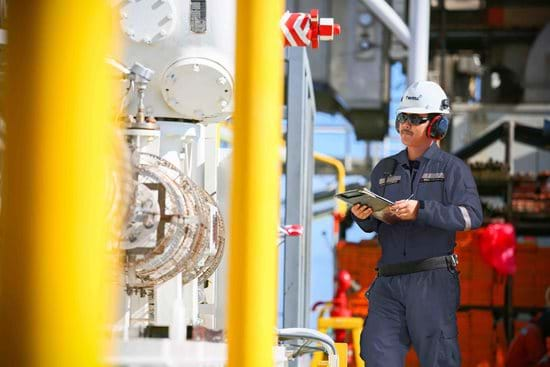 News
NewsTWMA Middle East celebrates milestone of 5 million work hours without lost time incident (LTI).
TWMA, the specialist drilling waste management company, has achieved 5 million work hours lost time incident (LTI) free across its Middle East operations.
02 August 2023 -
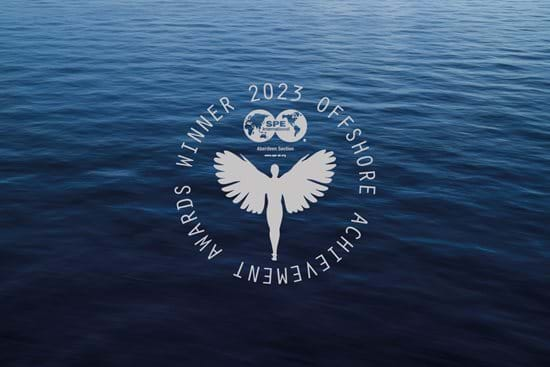 News
NewsTWMA decarbonisation efforts recognised with win at Offshore Achievement Awards.
TWMA, the drilling waste management specialist, received the Carbon Reduction in Conventional Assets award at the 2023 Offshore Achievement Awards.
20 March 2023 -
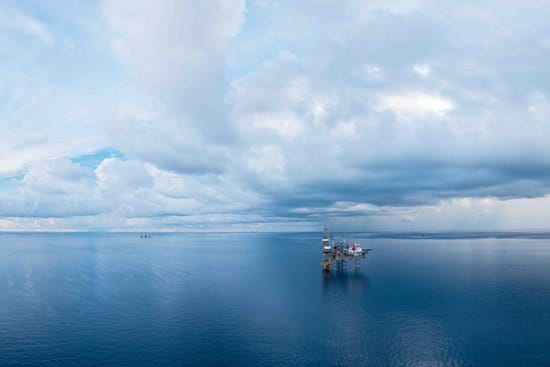 News
NewsTWMA secures seven-figure contract with North Sea operator.
Specialist drilling waste management company, TWMA, has secured a seven-figure contract with a major North Sea oil and gas operator.
02 March 2023 -
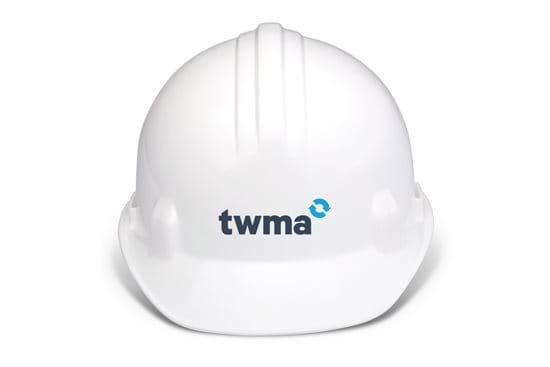 News
NewsTWMA celebrates reaching 4.5 million work hours LTI free in the Middle East.
TWMA, the specialist drilling waste management company, has achieved 4.5 million work hours lost time incident (LTI) free across its Middle East operations.
02 February 2023 -
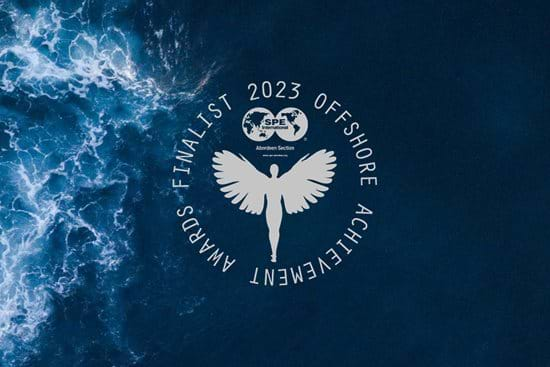 News
NewsTWMA named as Carbon Reduction in Conventional Assets finalist for 2023 SPE Offshore Achievement Awards.
Specialist drilling waste management company, TWMA, has been shortlisted for the Carbon Reduction in Conventional Assets Award at this year’s SPE Offshore Achievement Awards.
18 January 2023 -
 News
NewsTWMA launches XLink™ real time monitoring and automation solution at ONS.
TWMA, has launched its new XLink™ solution, designed to provide oil and gas operators with increased automation, deeper insights and real time data monitoring to improve the efficiency of their wellsite drill cuttings processing system
31 August 2022 -
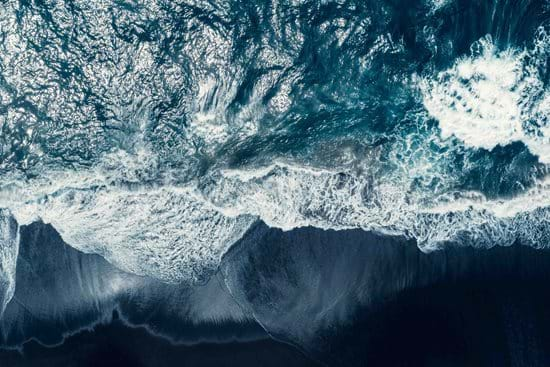 News
NewsDrill Cuttings Treatment Alternatives - A Comparative Emissions Assessment.
A case study assessing the CO2 footprint and NO2 emissions for different drill cuttings treatment alternatives.
02 February 2022 -
 News
NewsTWMA reaches key UAE milestone as it achieves API Q2 Certification.
Specialist drilling waste management company TWMA has secured the American Petroleum Institute (API) Q2 accreditation for its UAE operation, the first quality management system (QMS) certification for service suppliers in the oil and gas industry.
18 January 2022 -
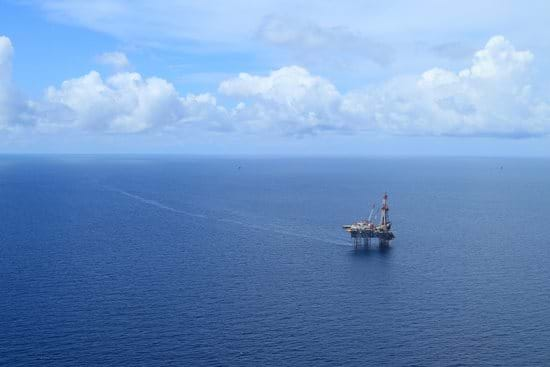 News
NewsCase Study: A wellsite processing solution proven to lower carbon emissions.
Specialist drilling waste management company TWMA highlights how its wellsite processing solution has been proven to reduce the carbon emissions of oil and gas drilling operations by 50%.
10 January 2022 -
 News
NewsTWMA’s wellsite processing solution proven to reduce carbon emissions of drilling operations by 50%.
Specialist drilling waste management company, TWMA, will highlight how its wellsite processing solution has been proven to reduce the carbon emissions of drilling operations by 50% at this year’s ADIPEC.
16 November 2021 -
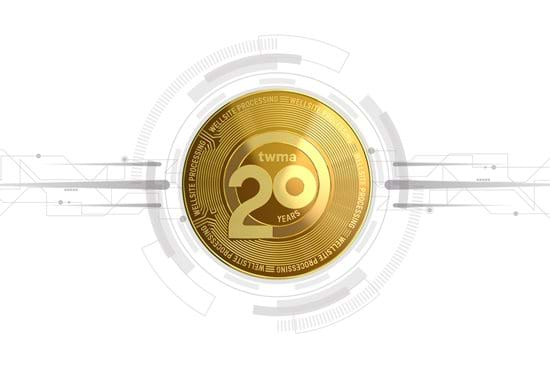 News
NewsTWMA Celebrates 20 Years of Offshore Processing.
TWMA celebrates 20 years of offshore processing, delivering the gold standard in wellsite technology application and operational excellence.
15 July 2021 -
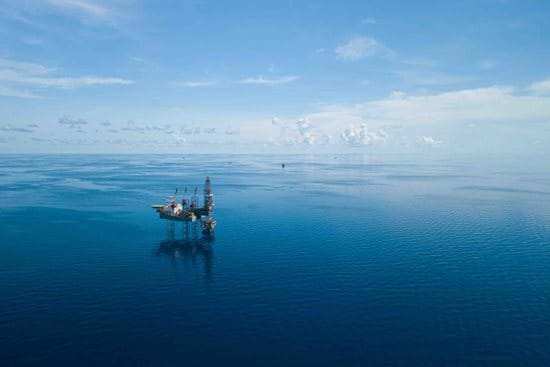 News
NewsTWMA awarded three-year extension for Aker BP's Valhall Flank Project.
TWMA, the specialist drilling waste management company, has been awarded a three-year contract extension to supply integrated waste management services for Aker BP’s Valhall Flank North and Hod B field development projects on the Norwegian Continental Shelf (NCS).
16 June 2021 -
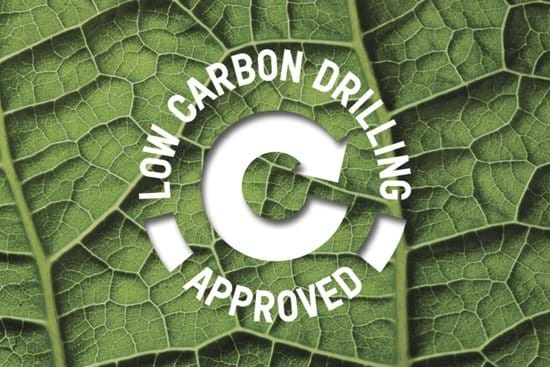 News
NewsTWMA Named as Net Zero Award Finalist for SPE Offshore Achievement Awards.
Specialist drilling waste management company, TWMA, has been shortlisted in the Net Zero category at this year’s SPE Offshore Achievement Awards.
06 May 2021 -
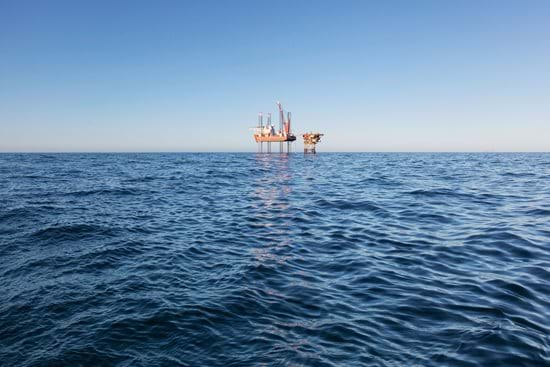 News
NewsTWMA secures first contract with Spirit Energy at Grove field.
Specialist drilling waste management company, TWMA, has secured a seven-figure contract with leading exploration and production company, Spirit Energy.
25 February 2021 -
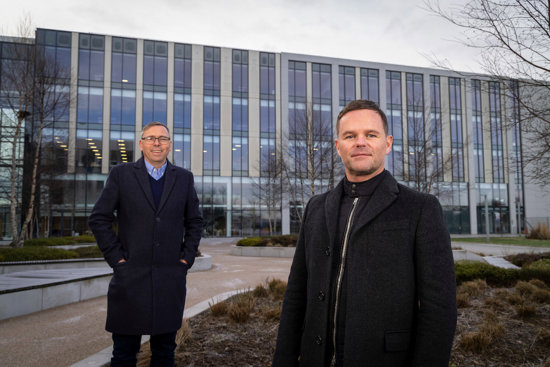 News
NewsTWMA’s move to new global HQ in Aberdeen to support growth plans and new technology roll outs.
Specialist drilling waste management company, TWMA, has secured new headquarters in Aberdeen to support business growth and deliver remote operations for its customers.
04 February 2021 -
 News
NewsNorth east classrooms refreshed and charities uplifted by TWMA’s office donations
TWMA has used an office upgrade as an opportunity to uplift local schools and charities.
03 December 2020 -
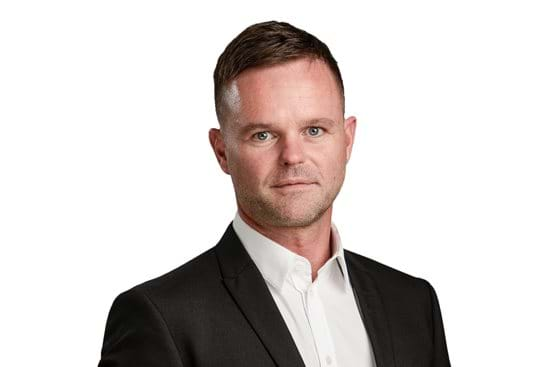 News
NewsDrill into the low carbon benefits of processing at source
31 August 2020 -
 News
NewsTWMA reaches 9 years LTI free operations in Egypt
Drilling waste specialist, TWMA, has reached the milestone of nine years Lost Time Incident (LTI) free operations in Egypt across its sites in Cairo and Alexandria.
11 May 2020 -
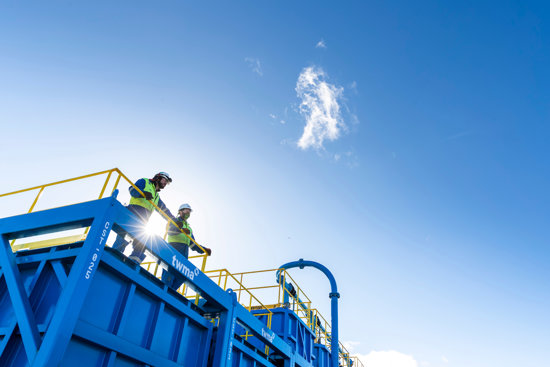 News
NewsTWMA adapts equipment to provide critical service to major operator in UAE
Drilling waste specialist, TWMA, has adapted its onsite drilling waste handling equipment to support safe operations for a major operator as it manages through the current crisis.
29 April 2020 -
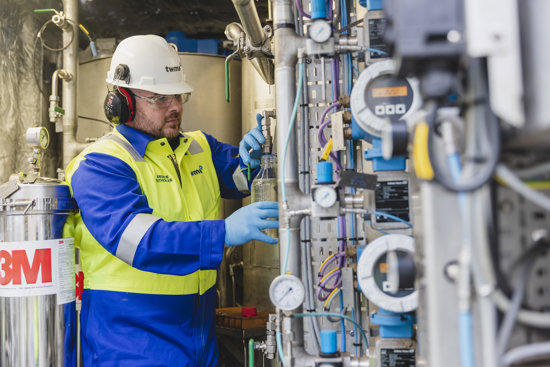 News
NewsThe benefits of processing drill cuttings at the rig site
When it comes to defining the methodology for drill cuttings treatment, it is now possible to materially reduce costs, improve safety, and lower the carbon emissions of drilling projects.
19 March 2020 -
 News
NewsTWMA appoints new CEO
Specialist drilling waste management company, TWMA, has announced the appointment of Halle Aslaksen as its new CEO.
19 February 2020 -
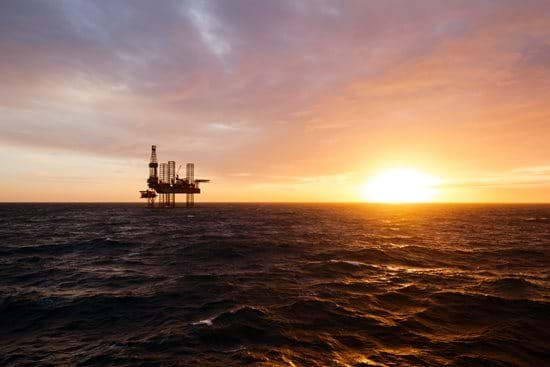 News
NewsOptimising financial and environmental gains with at source drilling waste management
Water-based and non-aqueous drilling fluids (NAF) and associated drill cuttings are the largest waste streams generated from global offshore drilling operations.
21 November 2019 -
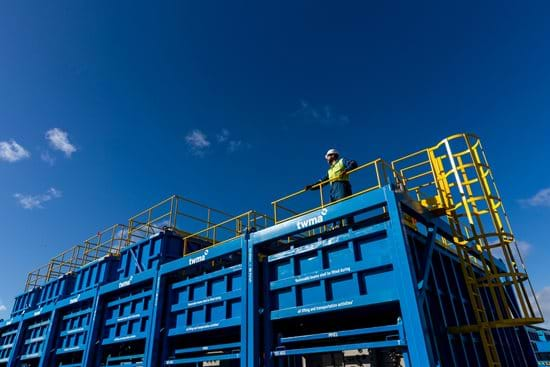 News
NewsTWMA secures £20 million of North Sea contracts
Specialist drilling waste management company, TWMA, has secured new contracts valued at £20 million in the North Sea in the first eight months of 2019.
04 September 2019 -
 News
NewsTWMA achieves 12 months LTI free
Specialist drilling waste management company, TWMA, has reached 12 months lost time incident (LTI) free operations.
27 June 2019 -
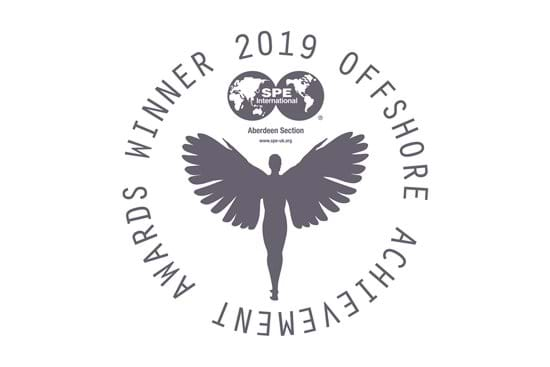 News
NewsTWMA named as Great Company (Large) at 2019 Offshore Achievement Awards
TWMA, provider of specialised drilling waste management services, has won the Great Company (Large) Award at this year’s Society of Petroleum Engineers (SPE) Offshore Achievement Awards (OAA).
22 March 2019 -
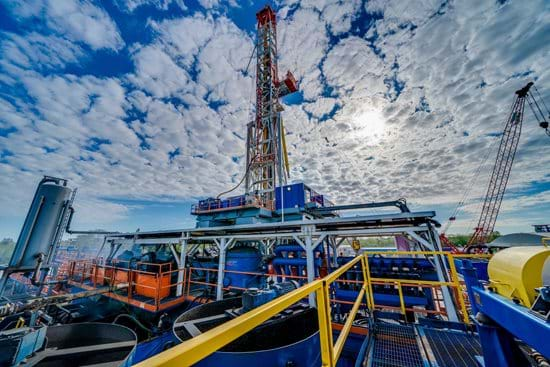 News
NewsTWMA Maintains Growth Strategy, Acquires US Service Company
TWMA, provider of specialised drilling waste management services, has announced its acquisition of US-based Dynamic Oilfield Services in an eight-figure deal.
20 June 2018